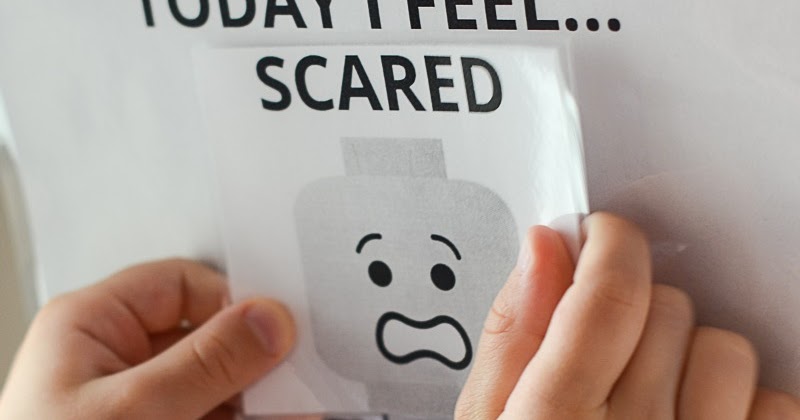What do you think many educators ranks as the number one skill or ability they want their pupils to acquire during their school career?
Excellent handwriting? Fabulous geographical knowledge? Amazing use of fractions?
No. Unsurprisingly, it’s not all about academic achievements. Most educators recognise how crucial it is to gain social and emotional competencies.
In a nut shell: the skills kids need to get along with others, to fit into society and build their own emotional resilience. The skills to lead a happy life.
(If you’re interested in this, you may also want to read our article about boosting emotional resilience.)
A hugely important (but frequently overlooked) stage in the process of building a child’s emotional awareness, is the one to develop their ability to recognise, identify and verbalise their feelings. Until students can master this fundamental step, any attempt to introduce strategies and coping skills simply will not work.
The child must first be able to know that ‘this is anger’ so they understand when to implement calming strategies.
A quick and easy way to help all of your class to begin to recognise and name their emotions is by a simple ‘check in’ process. Ideally this would be done at the beginning of the day and after lunch. A specific opportunity to empower pupils to reflect on how they are feeling.
As with any worthwhile, pupil benefitting activity, you’ll need to train your class into this routine so that it can be done effectively and efficiently. There are lots of ways that pupils can ‘self register’ their emotions. Here are some ideas:
- use paper plates decorated with faces that depict a range of feelings, as pupils enter the classroom they move their name peg onto the plate that reflects how they are feeling right now
- use a number line with emotions dotted along it e.g. sad (1), nervous (2), relaxed (5) up to joyful (10) and pupils move a picture of their face along the line to indicate how they are feeling
- use a verbal system; for example, when answering the register, children call out the number that represents how they are feeling
A really powerful way to help children recognise emotions is to take photographs of them acting out each emotion through exaggerated facial expressions. This works because most children are interested in pictures of themselves or people that they know.
Whatever system you decide to use, you will need to teach your class how it works and what each emotion means. Don’t assume that your pupils know about the vast range of human emotions. It’s not unusual for older children to surprise us when they are only able to confidently identify a handful of feelings words.
Teach new vocabulary, and discuss how that emotion feels in their bodies; it will be experienced differently by different people. Most children are fascinated to learn about their brains and the physiological effects of emotions on the body. For example: the sensation of ‘butterflies in the stomach,’ which is caused by the flood of adrenaline triggered by the amygdale.
In 2001, Robert Plutchik created the ‘Wheel of Emotions’ in an attempt to categorise human emotions – there are over 100 depicted in the wheel. (See them for yourself here.)
So the benefits of ‘checking in’ with pupils are abundantly clear:
- Children benefit because they learn how to identify their own feelings and articulate them through words. The ability to express themselves verbally is crucial in helping others to understand and support them. With practice, pupils can even begin to identify how other people are feeling and work out what to do. For example, if a classmate is feeling angry, it’s great when peers can read this emotion and move away, giving them time and space to cool down.
- Teachers reap the rewards too, as this system gives them a ‘heads up’ if anyone is feeling uncomfortable – a golden opportunity to investigate further and offer support, providing early intervention, before things escalate and get out of hand.
If your pupils like Lego (who doesn’t?) here’s a handy resource that could be incorporated into your classes routine as they start their journey to becoming more emotionally aware.
Credit: andnextcomesl.com for creating this free printable resource.
Whichever method you chose to deploy with your class, I’m sure you will quickly see the benefits to everyone concerned


